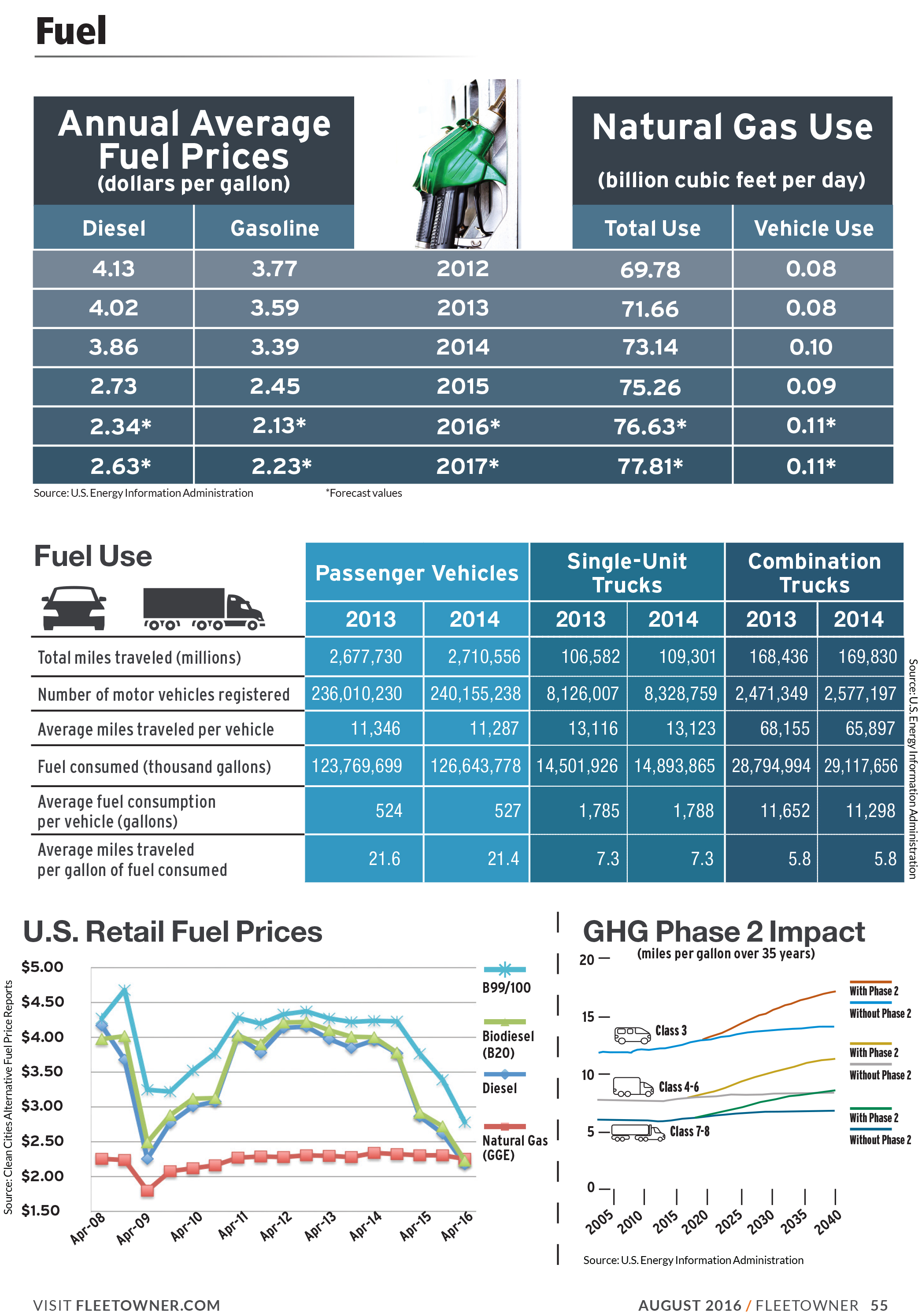Tailgating Driver Not a Complete Idiot
Out-of-control car has bumped the semi and now veers to the left and will mangle itself on the rock wall, then.... Photo: Tom Berg from ADPS video.
">Out-of-control car has bumped the semi and now veers to the left and will mangle itself on the rock wall, then.... Photo: Tom Berg from ADPS video.
">Maybe you saw it on the news late last week: A motorist doing some high-speed tailgating on an Interstate highway in Arizona lost control and crashed big time. She lost it when she swerved to avoid a matress that she didn't see in enough time because she was too close to the pickup just ahead.
And what did she hit when she swerved to the right? A semitrailer, which wavered a bit from the impact but stabilized quickly. It was enough to cause her to lose control again, and.... Well, watch the Arizona Department of Public Safety video here.
Incredibly, the motorist was not injured at all when her car hit a rock wall to the left, rolled onto its roof and skidded to the right shoulder, because she was wearing her seat-and-shoulder belt. So she wasn't a complete idiot. An ABC News version of the video identifies her as a 23-year-old from Texas, and offers tips on tailgating vs. safe following.
Aside from her altering her brainless behavior, how could the accident have been avoided? The pickup's driver should've seen her coming and pulled over to let her pass. Or he could've sped up, gotten around the semi and pulled to the right, or slowed down and then pulled in behind the semi and watch her zoom by. That's what I do.
Or the semi's driver could've slowed down and let both cars go by. But in no way am I blaming that guy. He pulled over as required and probably ran back to help. That's what truckers do.
And ya know what? If either of the other drivers had done something different, this lady would've missed out on a life's lesson.
Related: NTSB Confirms Tesla Was Speeding When It Hit That Trailer
Follow @HDTrucking on Twitter









